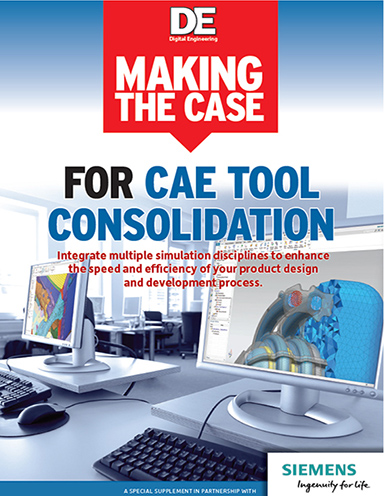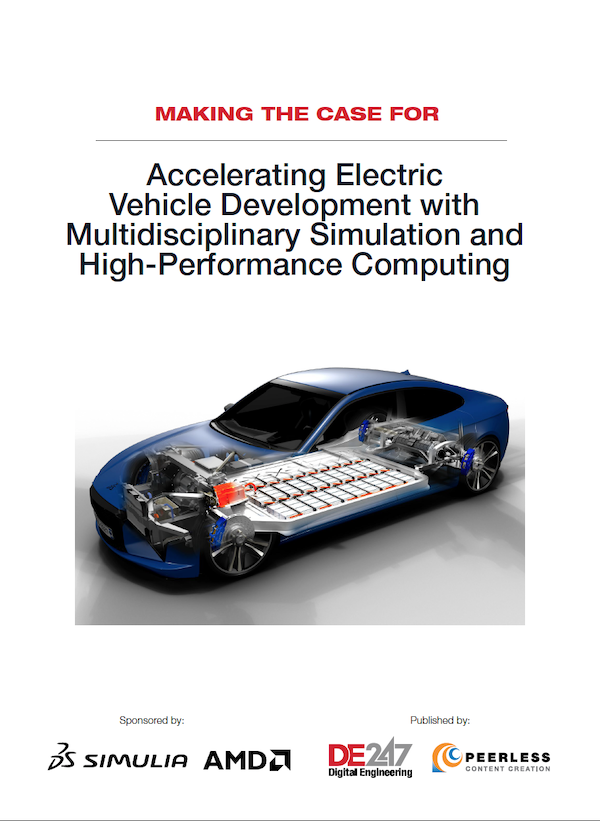Making the Case for CAE Tool Consolidation
Can integrating multiple simulation disciplines enhance the speed and efficiency of your product design and development process?

The complimentary white paper “Making the Case for CAE Tool Consolidation,” produced by DE editors in collaboration with Siemens, explores how you can unite and streamline a multidisciplinary product development process.
Latest News
September 4, 2018
Dear DE Reader:
Because common wisdom has told you to get the best tool for the job, you built your workflows around a slew of disparate simulation tools. Data exchange is a drag, and multidisciplinary collaboration an aspiration. Tools with specialized algorithms help data exchange along. Collaboration remains a goal.
After a brief introduction, the paper steps through four major benefits of the Simcenter 3D consolidation approach: open integration, improved efficiency, streamlined collaboration and flexible licensing. As you can tell, the concerns of the hands-on engineer as well as corporate, engineering and IT managers are considered and detailed. An excellent part of this paper is all about how you can achieve buy-in for each of these constituencies.
The paper backs its assertions with three, quite interesting real-world case studies. Each covers gnarly problems that Simcenter 3D helped resolve. The imagery accompanying these reports is fabulous.
Chugging along erodes your competitiveness, and true multidisciplinary collaboration is a must if you want to be a player. “Making the Case for CAE Tool Consolidation” presents a forceful argument that you can run more simulations faster, accelerate design iterations and improve both collaboration and quality in a unified CAE environment. Hit today's Check it Out link to download your complimentary copy.
 Thanks, Pal. – Lockwood
Thanks, Pal. – Lockwood
Anthony J. Lockwood
Editor at Large, DE
Subscribe to our FREE magazine, FREE email newsletters or both!
Latest News
About the Author
Anthony J. Lockwood is Digital Engineering’s founding editor. He is now retired. Contact him via [email protected].
Follow DE





